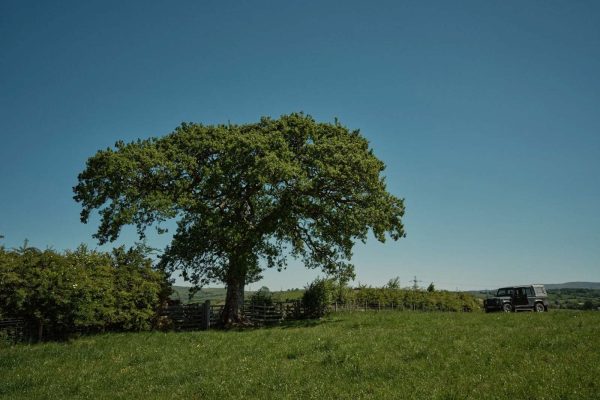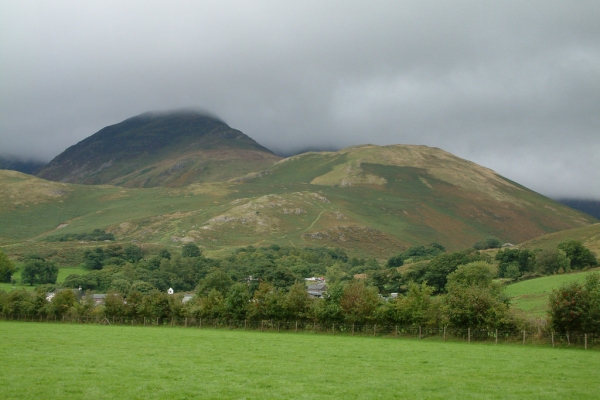Healthy hedgerows on your land
Resource explained
Hedgerows provide benefits for pollination, crop protection, as a wildlife haven, stock barrier, livestock shelter, income source, and as a landscape feature. Keeping them healthy ensures they thrive and maximise on all these benefits. It is vital that they are managed in a way that ensures their long-term survival. This leaflet by the People’s Trust for Endangered Species (PTES) explains why and how to manage your hedgerows to make sure they are in a good condition to reach their economic, environmental and ecological potential. It covers threats to hedgerows, the many benefits they can bring, and the dos and don’ts of hedgerow management. It includes a useful and detailed visual guide showing the management cycle and varying effects of different types of management. It also includes instructions on how the PTES can provide more detailed information about what condition your hedge is in and how you can improve each element.
Findings & recommendations
- Within our agricultural landscape, hedgerows are one of the best homes for wildlife. We need a well connected network of hedges to help wildlife to thrive.
- Hedgerows are particularly important now, when we are seeing worrying declines in our native wildlife. They provide a home, forage, hunting ground, shelter and routes of travel in our increasingly intensively managed landscape.
- The structure of a hedge gives insight into its health, and can help identify the best management plan for it to thrive in the future.
- The sooner you understand the health of your hedgerows, the sooner you can act to save money, boost productivity, and help wildlife to thrive.
- The cost of hedgerow maintenance can be a burden, especially when a hedgerow isn’t fulfilling its economic potential, but healthy hedgerows offer a better chance at generating a financial return. Sometimes the best action for the hedge is also the most cost effective.
- Managing hedgerows requires working with their natural lifecycle – it is impossible to keep a hedgerow at the same point in its lifecycle indefinitely without the structure declining. There is flexibility within the cycle for you to manage it so that it suits your farm and your needs.
Image credit: People’s Trust for Endangered Species







